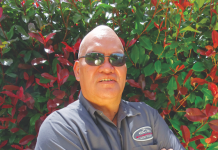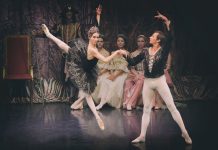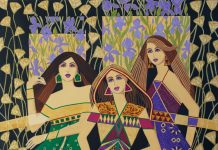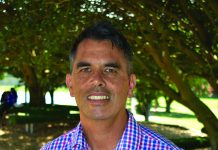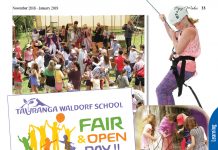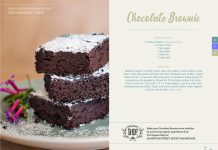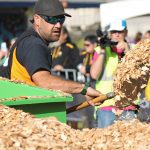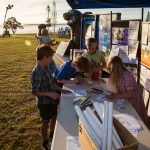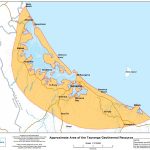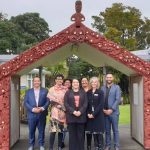“Life at the Waldorf Te Arakura programme (Bush Kindy) and the weekly stories, inspire all sorts of play activities including making soup on a fire, cooking sausages and damper, making small boats (all sawed, chiseled, sanded and oiled by the children). Then of course, there’s climbing trees, hiding in the bushes, cuddling piglets and hens; creating the most wonderful mud pit ever; lying around in a shelter finger knitting and chattering; make believe play of knights, princesses and animals and always accompanied with so many squeals of laughter.” – Sheryl Jenkins, Associate Principal, Tauranga Waldorf School
There are some characteristics about being Kiwi that are core; “Ingenuity”, “Innovation”, “Creative resourcefulness”, “Number 8 wire – thinking outside of the box”. “Collaborative endeavour” and “Entrepreneurial flair” fit in there too. We uphold them as inseparable to the cultural identity we are recognised by globally. They are common sense which is both imaginative and practical: speculative and hands-on.
But is this a cultural myth? To what degree are these values evident in contemporary New Zealand school graduates? Communication, critical thinking, creativity and collaboration, are cited by business leaders as the areas with the biggest gap in graduate students, as are the life-skills of punctuality, social responsiveness, practical technical competence (as opposed to social –media skills) and a sense of where they are.
These characteristics are internationally evident, as reported in the TIME magazine article, “The Real Reason New College Grads Can’t Get Hired”. Read online at: www.baywaka.nz/timemag.
As an educator concerned about this trend and who has taught in and visited many schools in New Zealand, Australia, Europe and Asia, I am alert to the exceptions to this rule.

‘Outdoor Classroom’ as a learning strategy and pedagogical method
I was invited to visit the Tauranga Waldorf School late November 2016, to discuss the development of the ‘Outdoor Classroom’ there. Although I have taught in, or visited most of the Waldorf / Steiner schools in NZ, I was unprepared for the unfettered sense of health and well-being which prevails there. It is whole, balanced; a celebration of childhood and learning, set in beautiful grounds, gardens and buildings: houses of healing.
Communication, critical thinking, creativity and collaboration should be the natural outcomes of our children’s education, especially one that prepares them for the 21st Century. Teachers trying to achieve these outcomes, who are increasingly bound to the parameters of a standardized binary focus of the literacies of language and mathematics, have an impossible task ahead of them. It is a tenet of Waldorf education and the prime means of the Outdoor Classroom that there are (at least) three literacies. The literacy of MAKING being the third and, I would argue, the source and the meaning-maker of the others.
When we operate complete; hands, heart and head, we discover the foundations of a 21st Century education approach adequate to the task. This is what I see evident at Tauranga Waldorf School.
By John Lawry, Educator, Master Craftsman, Auckland
I write for this magazine because I value community and creative endeavour.














